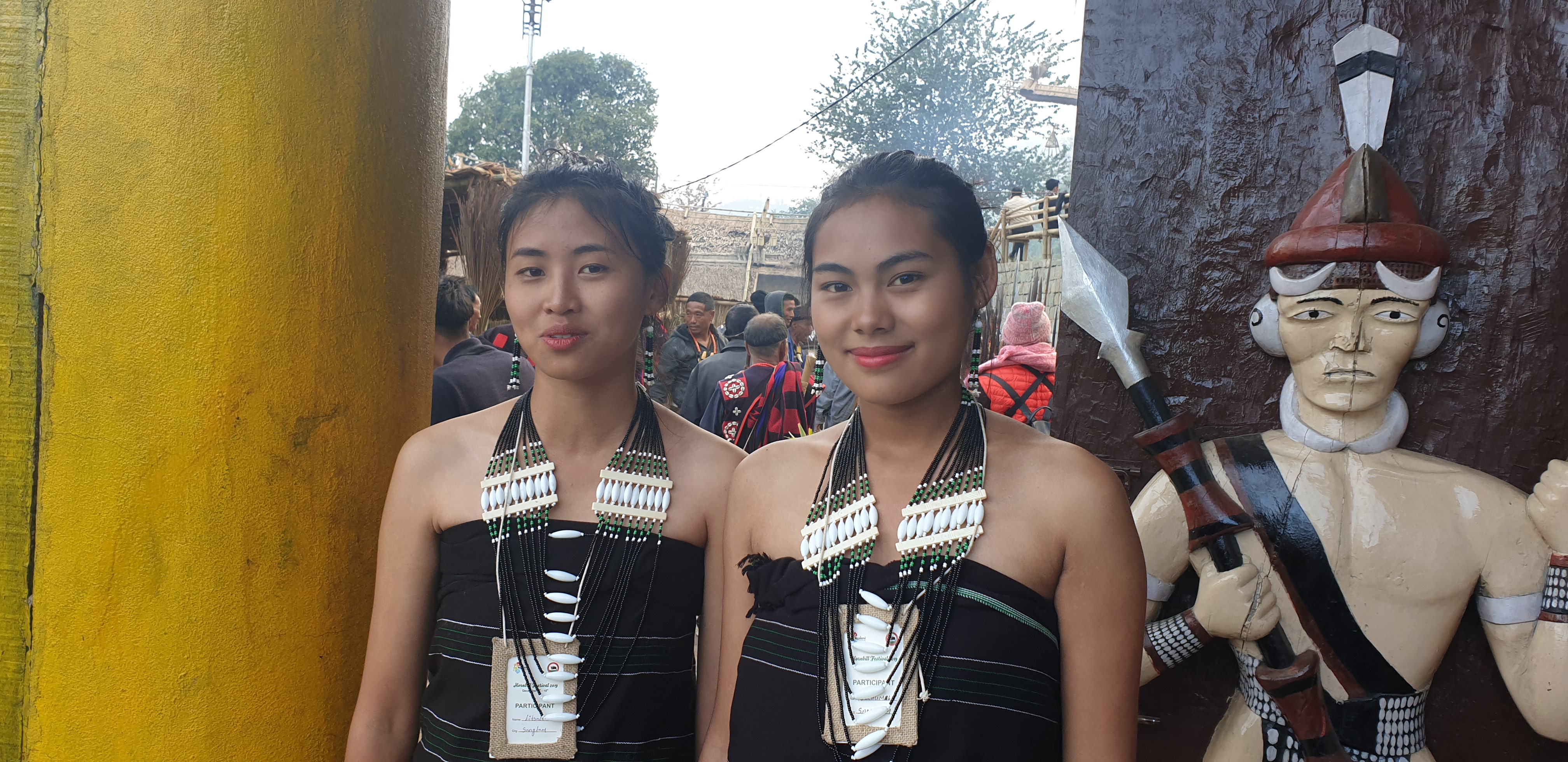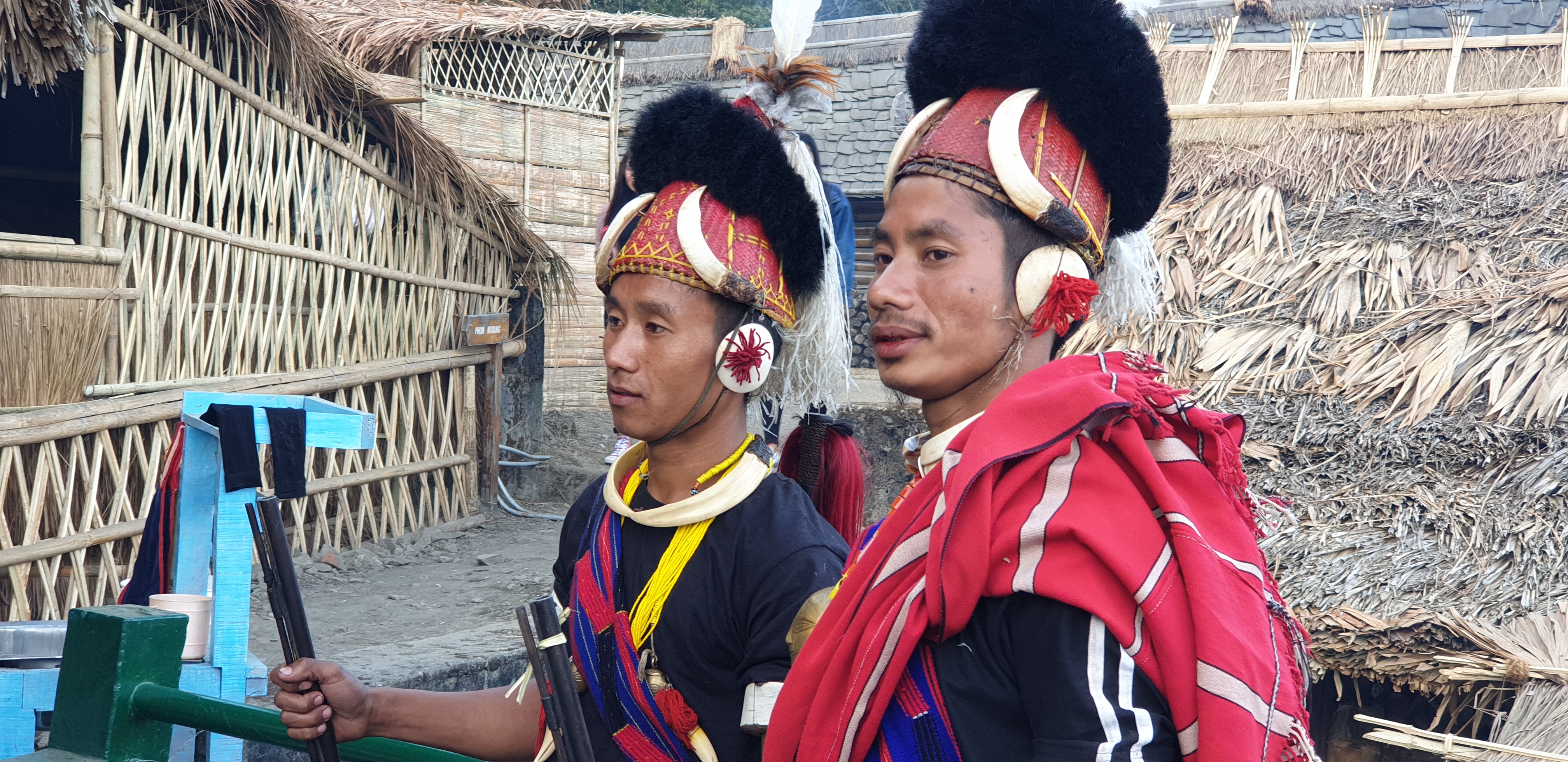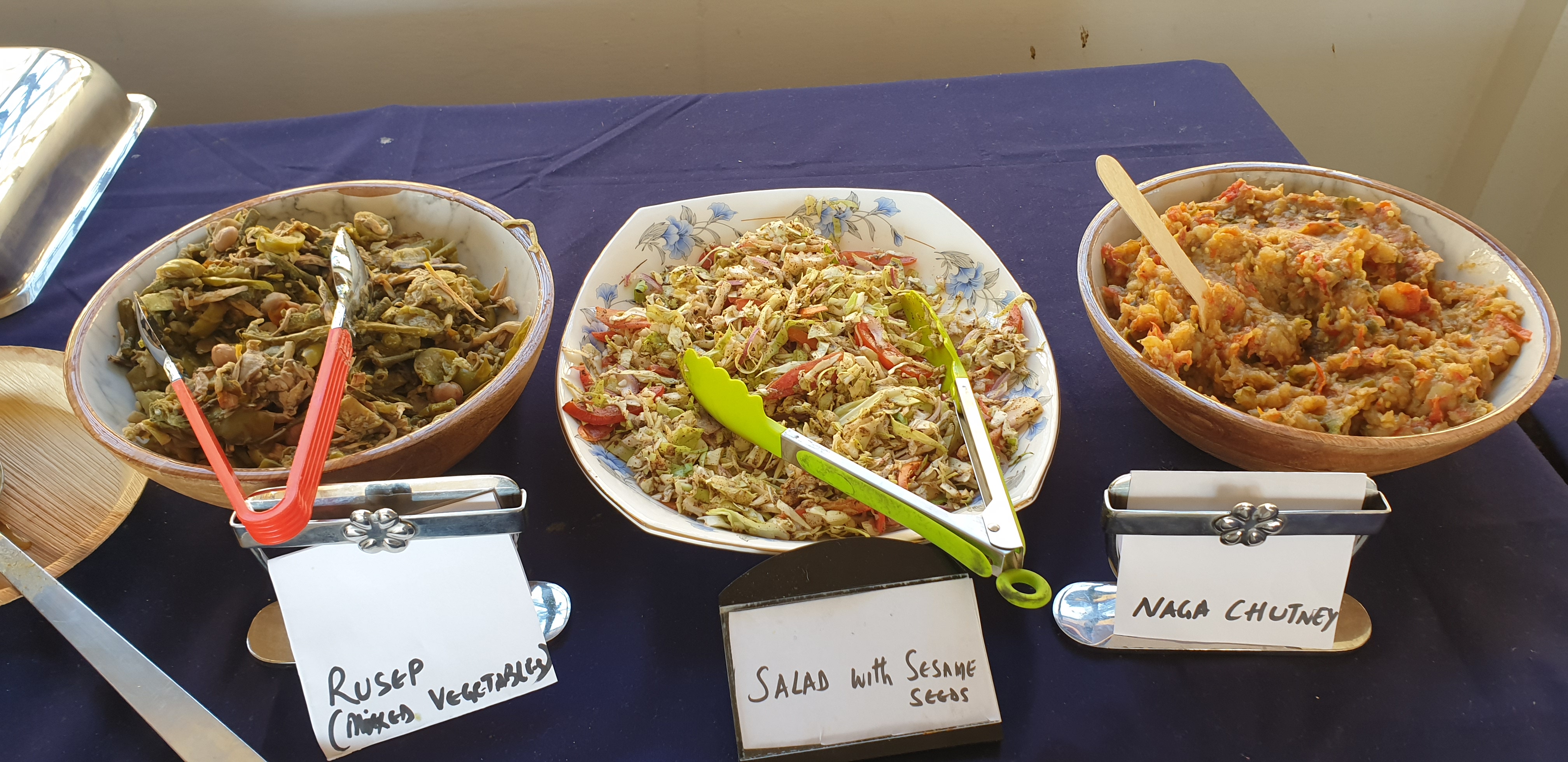NAGALAND
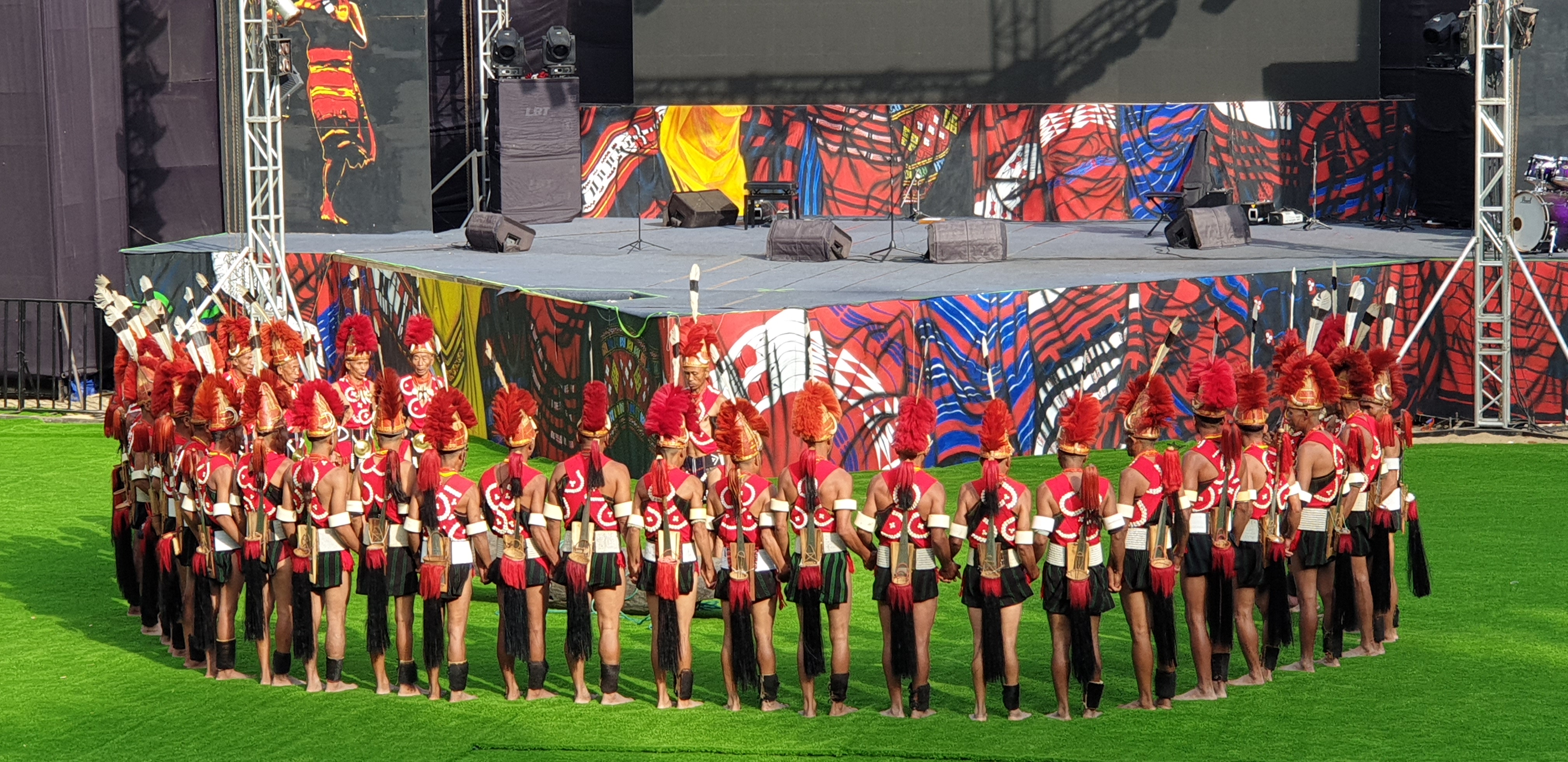
It started enticingly when we were visiting the North Eastern part of India - a distancely remote and one of the most fascinating places of India and of the world. The Wikipaedia shares that much of the region has been left unexplored till date, owning to the regions formidable terrain consisting of mountains, hills, rainforests, river, jungles and predators, and deficiency of infrastructure. The small sized region has one of the highest biodiversity density found anywhere in the world. For that all my fellow travellers couldn't fail but agree.
Land of the Tattooed Headhunters
Amongst the seven states of the Northeast, perhaps the most intriguing one is a state called Nagaland. Almost inaccessible forest hills and mountains and inhabited by the Naga tribes which amongst them is the Konyaks, an isolated ethnic group defined culturally by their headhunting practice and elaborate facial tattoos, residing in the forest interiors of Nagaland. When they used to attack the villages of rival tribes, it was tradition to rip off their victims’ heads. Those who returned home with the heads would be revered as warriors. It was believed that human heads exuded a mystical force that would bring prosperity and benefit local crops.
Our Adventure
It was the winter of 2019 when a group of us, intoxicated by earlier adventures into the Northeastern part of India, landed in Dimapur - known as the business capital of Nagaland - and continued over a dusty 60 km road trek to the capital city of Kohima. Those who are WW2 buffs would know that Kohima was the bloody site of the Japanese offence into India from Myanmar in 1942.

The weather was just picture perfect when we spent the morning visiting the historic Kohima War Cemetery, a memorial dedicated to the 10,000 Allied soldiers who lost their lives in the Japanese invasion during World War II. The cemetery, which nestles in the heart of the city, is a hauntingly beautiful spot and present a 360-degree view of the city.
It is believed that the most savage and intense hand-to-hand combat that saw the Japanese vanquished and driven back from the borders of India took place across the tennis court. The residence court presented a ghastly sight with dead bodies strewn all over and drenched in pools of blood. The white marker lines are still in place.
We had a great time enjoying picture-taking with some of the WW2 buffs in their restored costumes and vintage vehicles.
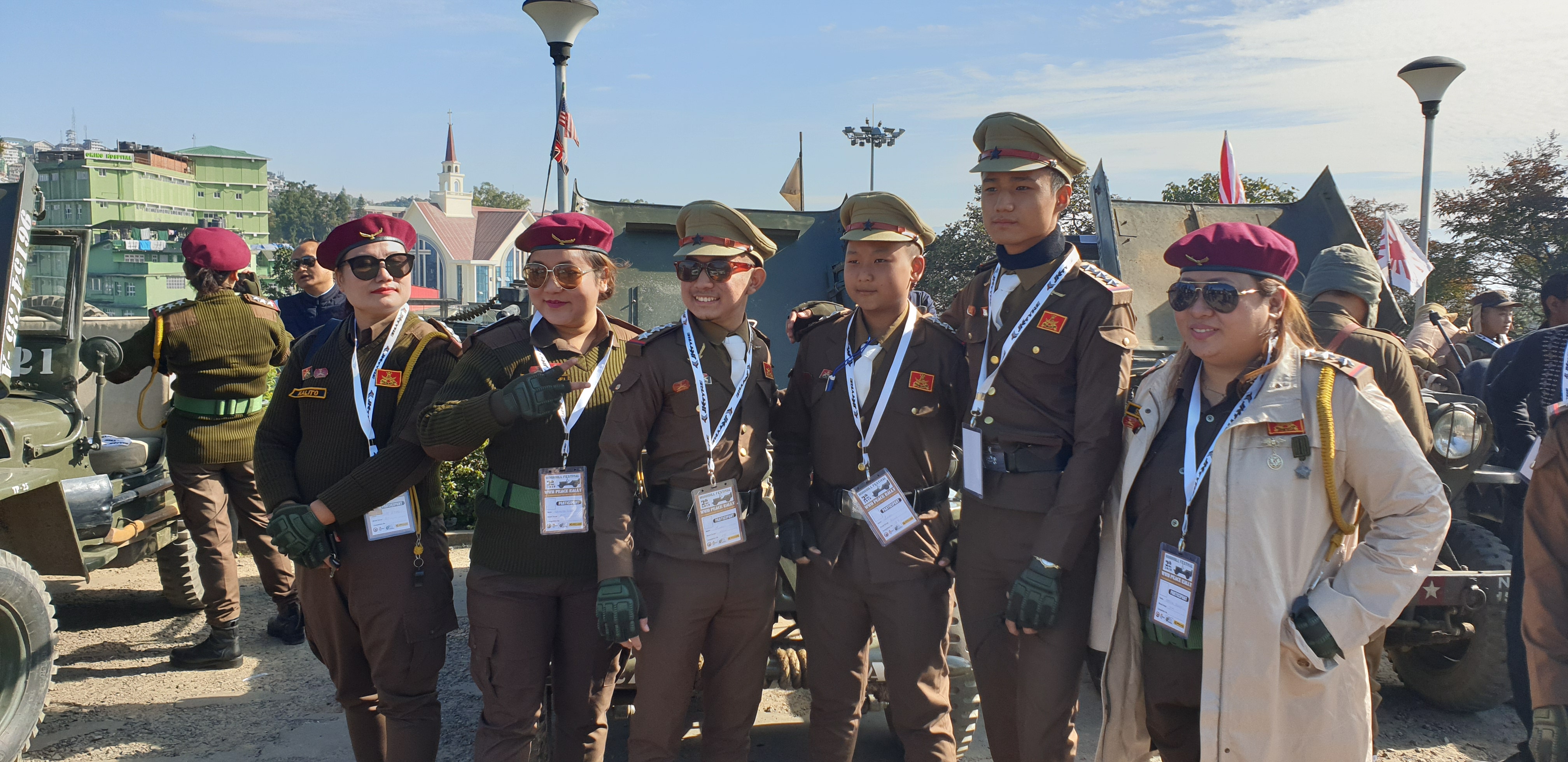
Festival of the Hornhills
The main site for the festival is at the fair ground located at the Kisama Heritage Village, about 12 km from the capital. Each day we received a different coloured wristband as our entry ticket. Here we would encounter all the tribes in one single venue - a rare treat which happens only once in a year (unfortunately it did not happen in 2020 and likely 2021 due to the Covid-19 pandemic). The sights were mind blowing as we could and were practically standing and mingling shoulder to shoulder with every tribe in such short period. Indeed a rare spectacle. And we seemed to be the only group from Singapore while the majority of tourists were mostly Indians from outside the state.
The first festival was started in 2000 so I would say it was a brave experiment bringing the tribes, many whom are considered as rivals, to promote closer understanding of the people and culture of Nagaland, and an opportunity to experience the food, songs, colourful performances, crafts, sports, games and ceremonies. Traditional arts which include paintings, wood carvings, and sculptures are also on display. For the tribes, many would travel from their remote villages to Kohima just to attend this festival and meet people from other villages from Nagaland that they haven’t met before, hence leading to cultural assimilation.
NAGALAND CHILLIES
Chillies have always been a fascinating subject as often, we will get curious to find out who and which country have the hottest chillies ever. So during our visit to the festival at Nagaland, we were amused to learn that a chilli eating contest would be held to determine the champion of the Annual Nagaland Chilli Eating Competition. It was interesting to note that chillies are measured by their pungency level in a scale called the Scoville Heat Units. These chillies are so hot that once it was used as a weapon in warfare.
All said, the competition attracted a good number of contestants and we learnt that it was won by an Australian tourist. While the Nagaland chillies ceratinly ranked amongst the most hottest in the world (easily beaten the Thai chillies), we later learnt it was not the world's most hottest. In fact it ranked probably the 6th or 7th most hottest but we are staying out of it.
Anyway Nagaland Chillies have made it to the international market and there is even a chocolate version with Nagaland chilli flavour....ouch!
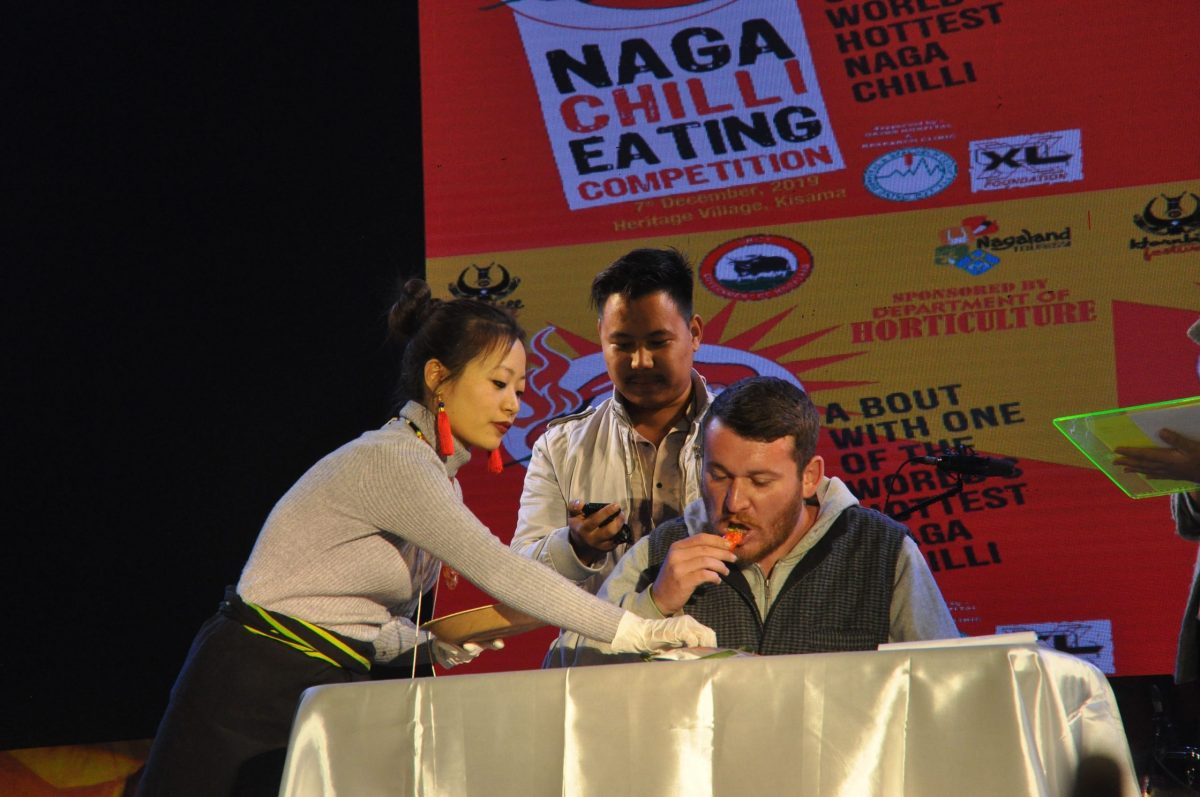
COUNTRYSIDE EXCURSIONS
Imagine encountering hundreds of men, young and old, in traditional attire religiously pulling vines, dragging a stone monolith that weighed ten tonnes over a kilometre distance, at most times either on a flat plain or inclining slope. So when we were told of this spectacular stone pulling ceremony happening in the village of Mima, about 16 km away from the capital, we made sure we got there in time.
The ceremony was organized to commemorate the 75 years of embracing Chirstianity by the Angami Nagas and it symbolised forgiveness, friendship, peace and reconciliation among the warring groups as the village was marred by enmity among them prior to the arrival of the gospel. There was merriment amongst the crowd and it was an unforgettable moment.
https://1drv.ms/v/s!Au7pTmAkjkGPidcXMW2TtNvpmm71aw?e=rAL5BG

LOCAL CULTURE, FOLKLORE & COMMUNITY SERVICE
Our 10-day trip was just full of highlights to share here but if one was to pick the top three - it would be the colourful culture, mystifying folklore amd a heart warming opportunity to serve the less privileged!
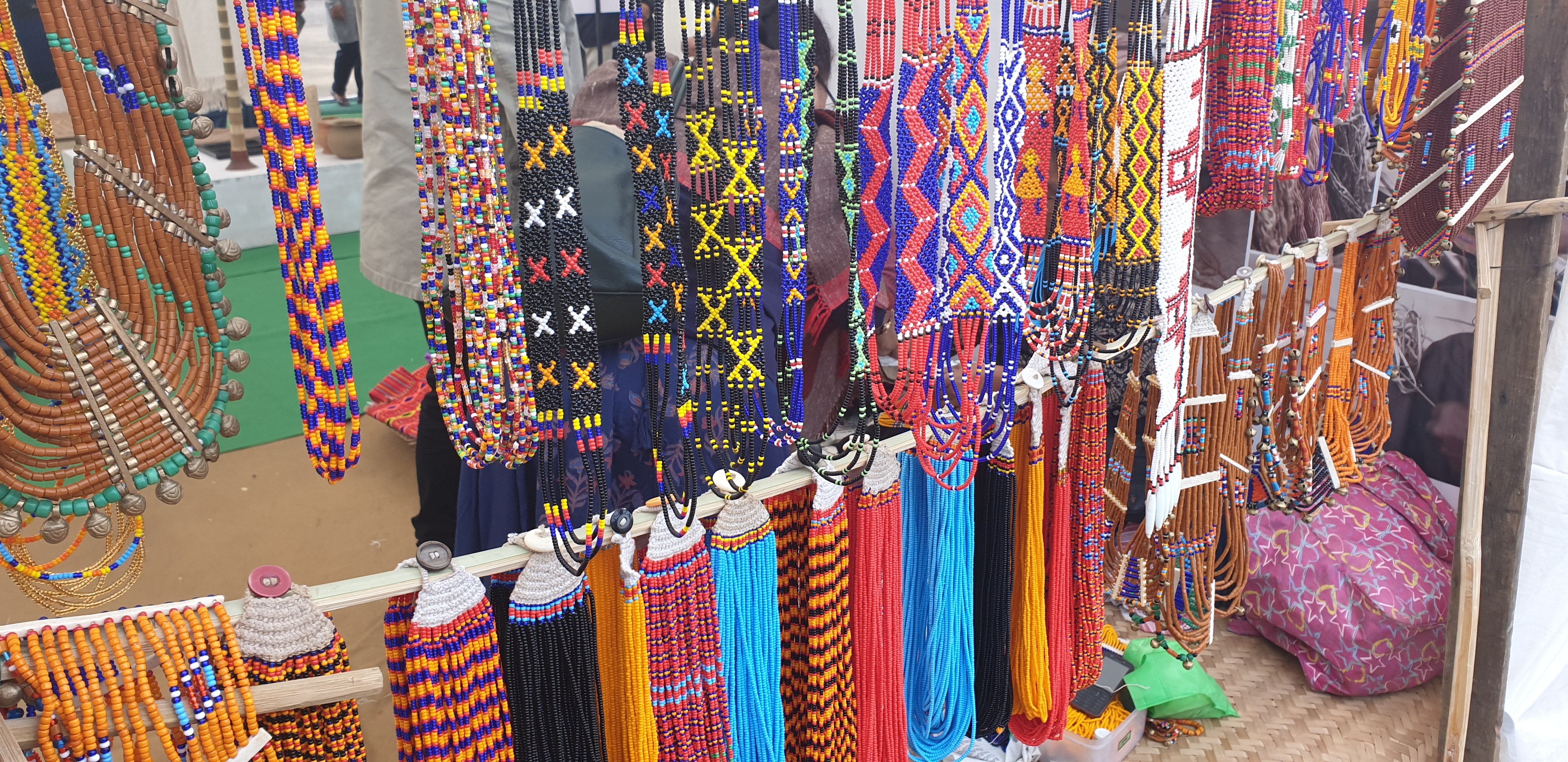
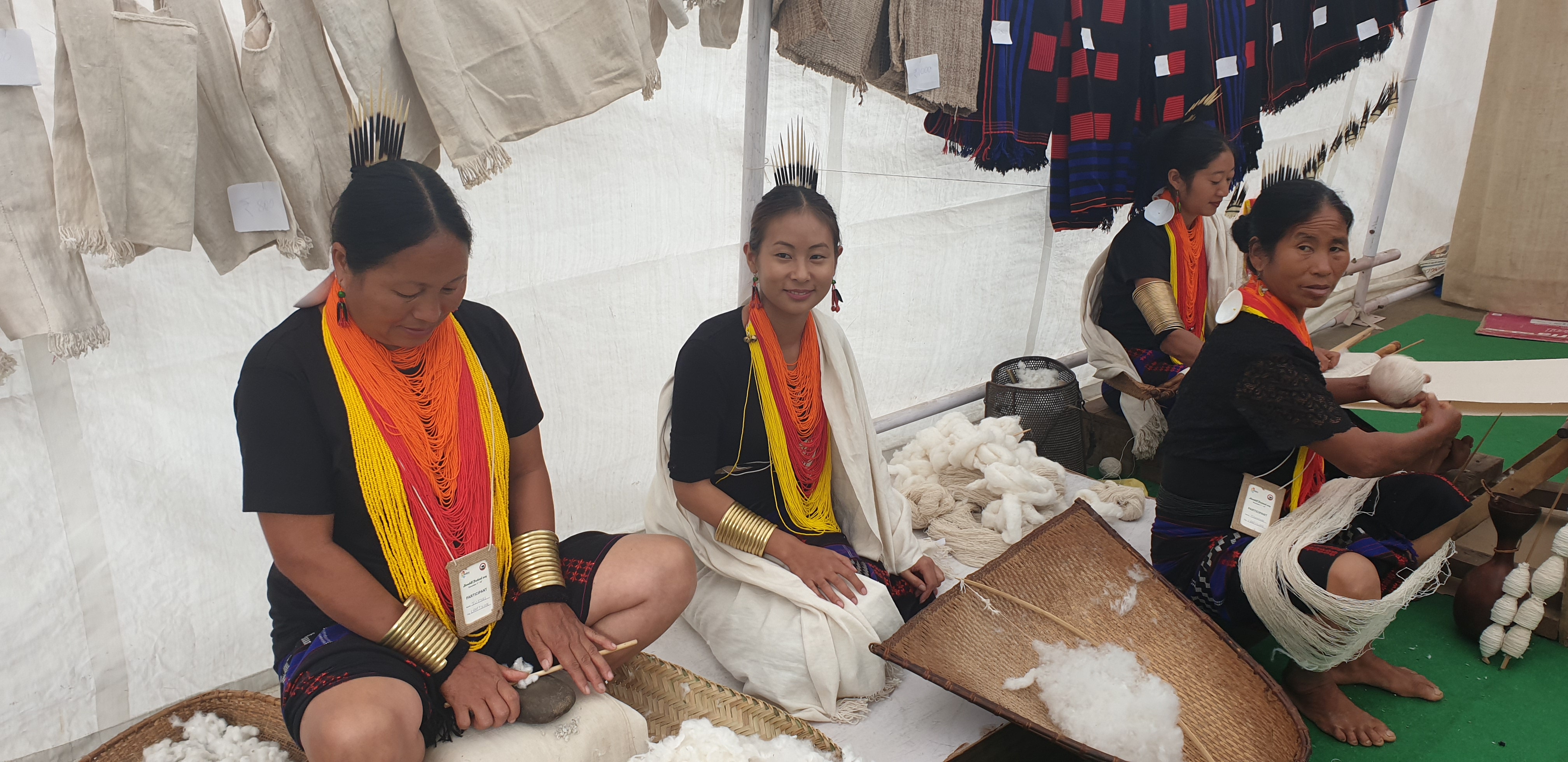
Coloured beads seems to be a favourite amongst female gender of the tribal communities and here, the ladies must surely know how to bead up necklaces with exciting vibrant designs that even our modern ladies decided to go tribal. And the folklore relates to family of living stones was just a bit hard to believe!

With Christmas around the corner, we could not help but to enjoy a lovely chance to serve a group of orphans with candies and school stationery! But instead we received the most glorious gift of all! Listen to the children.....https://1drv.ms/v/s!Au7pTmAkjkGPidcYp96uN6IWweYCXg?e=43eWXt

Finally looking back, it turned out to be the most memorable Christmas trip. Maybe one day I will be back!
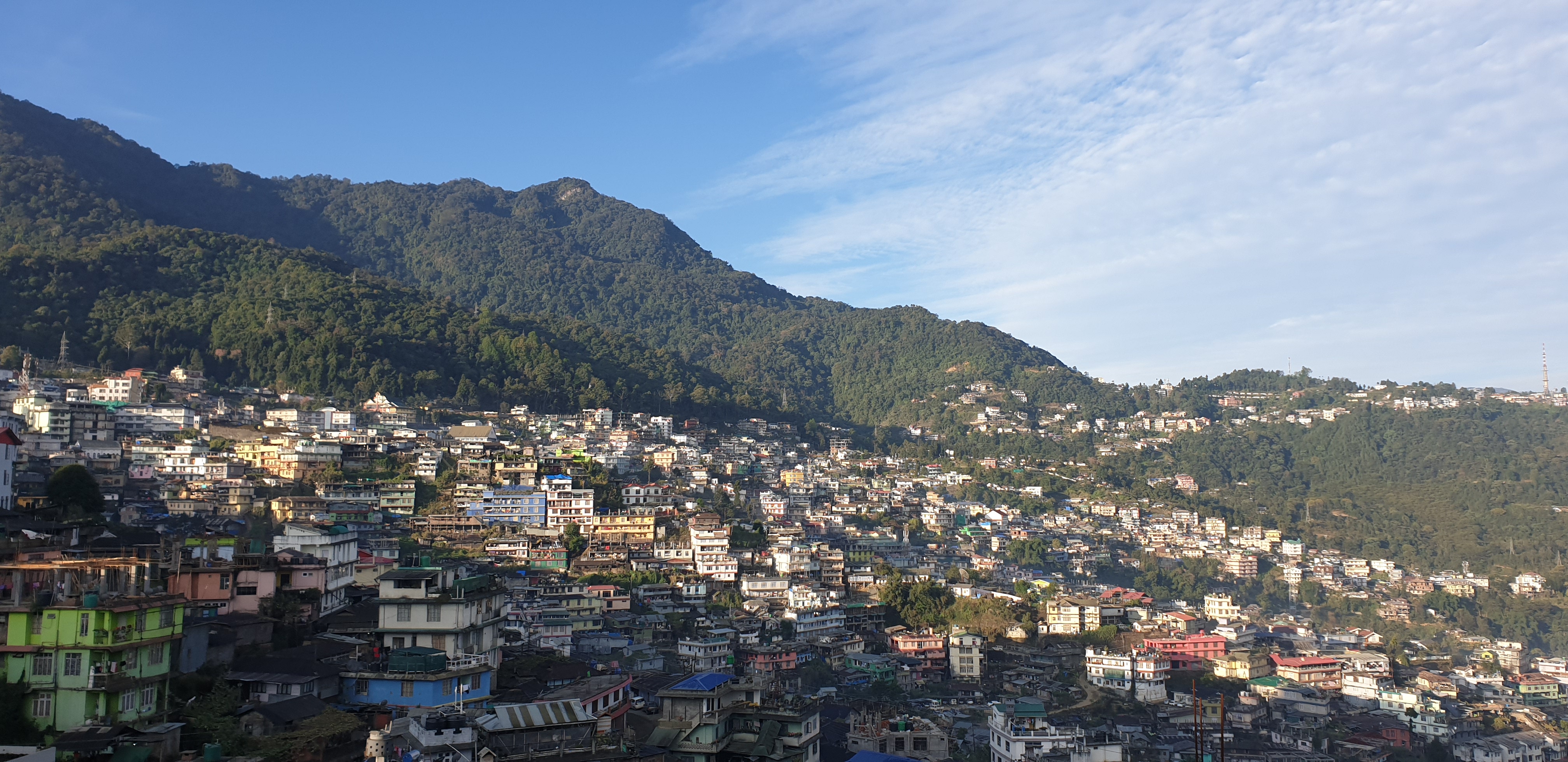
 +65 9732 5692
+65 9732 5692  info@isetravel.com
info@isetravel.com  Search
Search
